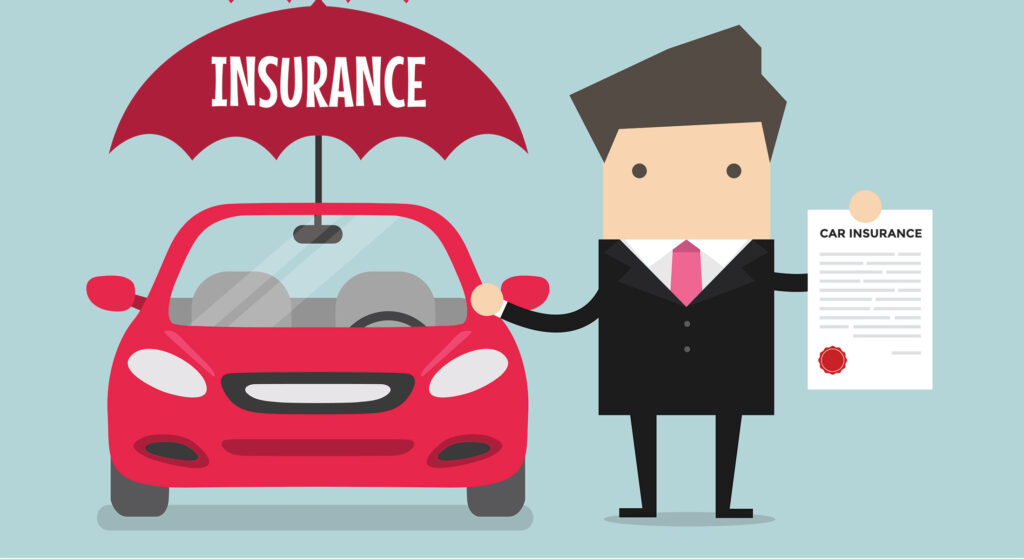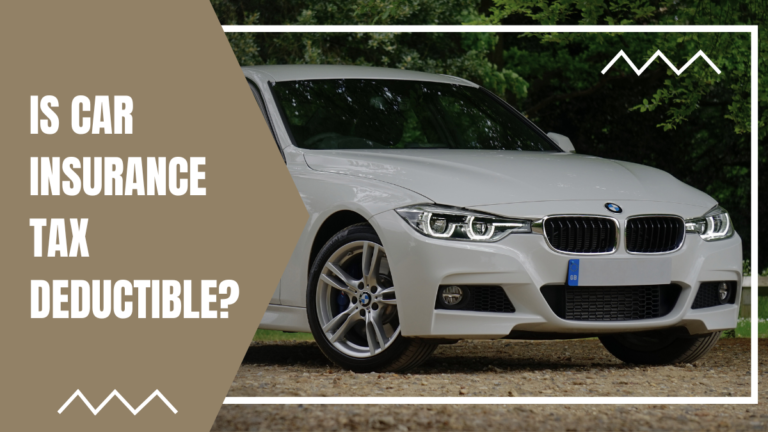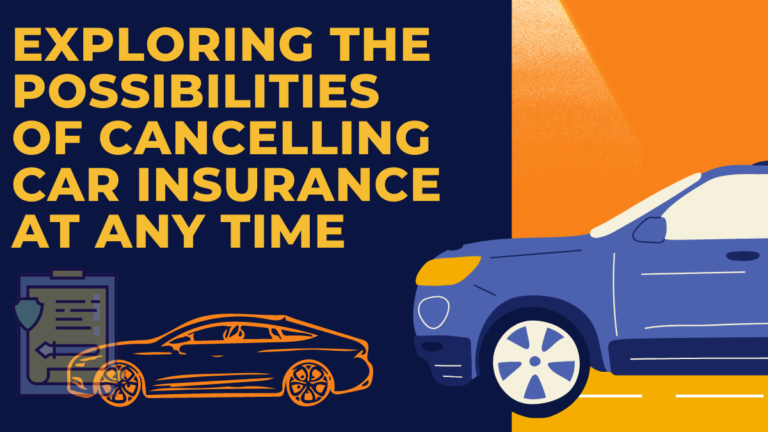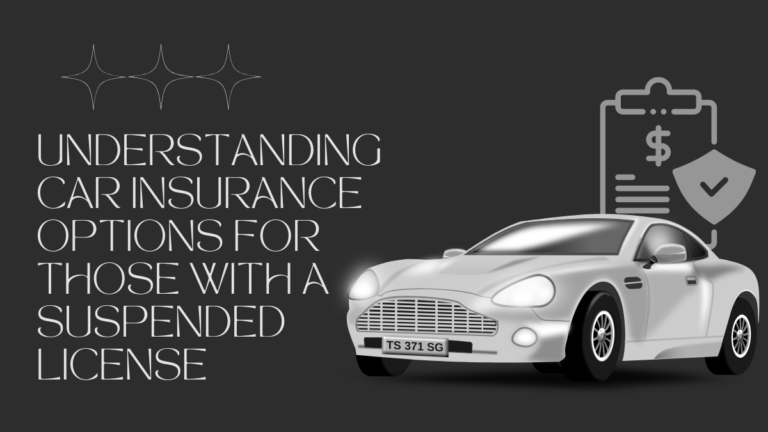Unraveling the Mysteries: Why Is Car Insurance So Expensive?

Unraveling the Mysteries: Why Is Car Insurance So Expensive? Buckle up, fellow motorists! If you’ve ever wondered why car insurance premiums are as steep as a winding mountain road, then you’re in for an eye-opening ride. In today’s blog post, we’re diving headfirst into the perplexing world of car insurance so expensive and deciphering why they seem to skyrocket faster than a speeding bullet. Grab your detective hats and prepare to uncover the secrets behind these lofty prices – from accident rates to underwriting intricacies – it’s time to unravel the mysteries of why car insurance can leave your wallet feeling lighter than air. Let’s rev our engines and embark on this exhilarating journey together!
Table of Contents
What Causes Car Insurance Prices to Increase?
There are many factors that contribute to the rate of car insurance so expensive. The most basic reason is that car insurance companies use a model called “risk analysis.” In this model, insurers evaluate factors like driver history, vehicle composition, and location to decide how much risk each driver poses. This information then affects premiums assigned to each area.
Another factor that drives up rates is the prevalence of claims among drivers in a given area. Areas with more accidents will have higher premiums, even if the risks borne by drivers in those areas are actually lower than in other areas.
Additionally, some states require excess liability (or “uninsured motorist”) coverage, which costs more than standard liability coverage. Car insurance companies can raise rates arbitrarily at any time, based on perceived changes in risk or competitive pressures.
The Impact of Automobile Safety Laws
A recent study by the Center for American Progress found that states with greater numbers of passenger car safety laws have lower rates of uninsured motorists. These safety laws typically mandate minimum requirements such as using airbags, wearing seat belts, and having proper windshields.
In 2010, the National Highway Traffic Safety Administration estimated that these safety laws saved more than 11,000 lives. In addition, studies have also shown that crashes involving cars and pedestrians are much less common in states with stricter safety laws.
Some drivers argue that these laws make car insurance premiums expensive because they make accidents more likely. However, a study published in the Journal of Economic Perspectives found that increased insurance rates only affected an estimated 7 percent of drivers. This suggests that other factors like driving habits or location are more important factors in determining premiums.
The Rise of Traffic Congestion
Americans spend an average of $1,236 per year on car insurance, according to The Kirkland Report. Why is car insurance so expensive? And what can you do to reduce your costs?
There are a few reasons why car insurance is so expensive. One reason is that the industry is highly concentrated. Only a few companies dominate the market, and they have a lot of power in determining pricing. They also have a lot of information that they can use to artificially raise premiums.
Another reason why car insurance is expensive is that insurers must cover a wide range of risks. This includes accidents caused by pedestrians, cyclists, boarding passengers in cars and other drivers, as well as damages from natural disasters such as floods and earthquakes. In order to cover all these risks, insurers have to charge expensive premiums for car insurance policies.
Some people try to reduce their costs by shopping around for rates or comparing quotes from multiple providers. However, this can be difficult because there are limited number of insurers in each state and many residents are captive customers with one provider.

Other Factors Affecting Car Insurance Rates
Behind the high cost of car insurance is a expensive and complex web of factors including driver history, location, type of car and coverage. In order to get a better understanding of why rates vary so much from state to state, we spoke with two experts: Neil Pickerill, president and CEO of The Hartford, one of the largest property and casualty insurers in North America; and Todd Sherer, vice president at J.D. Power and Associates, an independent research company that annually publishes comprehensive vehicle reviews.
The following are key points gleaned from their perspectives:
- Driver history
A person’s driving record (e.g., tickets, accidents) can have a big impact on their car insurance rates. “A good rule of thumb is that if you’ve had one accident in the past five years it will raise your rates by about 20 percent,” says Sherer. “If you’ve had more than three accidents in the past five years it’s going to be substantially higher.” Save frequently! Insuring a new car or truck usually costs more than insuring an existing one because these policies offer larger discounts for frequent drivers.
- Location
Unsurprisingly, people living in high-risk areas pay more for car insurance than those living in low-risk areas. “Your rate also reflects your risk — so if you live in a high-risk urban area where there are more crashes and theft autos then your rate is going to be higher,” says Pickerill. “It doesn’t matter how good your driving record is.”
- Vehicle type
Most insurers categorize cars by their level of safety. The most expensive types of cars (e.g., sports cars) are rated as luxury vehicles, and as a result, they tend to have higher rates than economy-class cars.
- Coverage
Many people think that comprehensive and collision coverage are the same thing, but this is not always the case. Comprehensive insurance covers damages caused by accidents not just to the car itself, but also to people or property involved in the crash. Collision coverage protects you only from damage to your car that is attributable to the accident. “If you’re in a fender bender and only your car’s bumper is damaged, your insurance wouldn’t cover that because it doesn’t meet the definition of a collision,” says Pickerill.
It’s important to understand all the factors that contribute to your car insurance rates so you can get a better idea of what might be costing you too much money. If you’re having trouble getting affordable rates for your vehicle, speak with an agent or broker who can help identify any potential savings opportunities.
How Can You Reduce Your Car Insurance Costs?
Car insurance is one of the most commonly purchased items in the United States, and it can be costly to insure a car. There are many factors that contribute to the high cost of car insurance, including location, age, and type of vehicle. To save money on your car insurance policy, you can investigate some of these mysteries and reduce your rates.
Location: Drivers living in states with higher accident rates will pay more for car insurance than drivers living in states with lower accident rates.
Age: Young drivers are generally charged more than older drivers for car insurance because they are statistically more likely to be involved in accidents.
Type of Car: Cars that are not typically used for transport (for example, golf carts) tend to have high rates of theft and vandalism, which increases the premium paid for protection.

Car Insurance Rates by State
- The state where you live impacts how much you pay for car insurance – those living in states with higher accident rates will often pay more than people who live in states without as many accidents.
- Age also affects how much you pay for car insurance – young drivers are statistically more likely to get into accidents so they’re typically charged more than other drivers even when their driving records looks identical.
- The type of car you drive also impacts your premiums – cars that aren’t typically used for transportation (like golf carts) tend to have high rates due to the increased chance of theft or vandalism occurring.
- In order to find the cheapest car insurance policy for you, you’ll need to look at your location, age, and type of vehicle.






